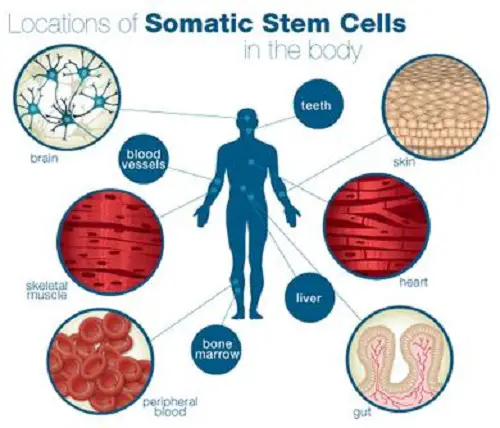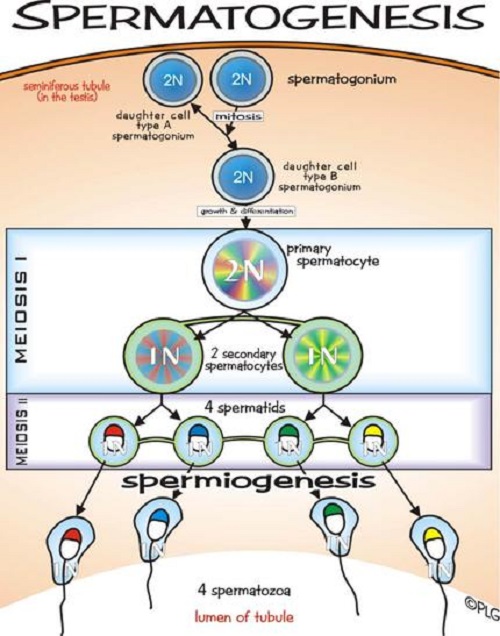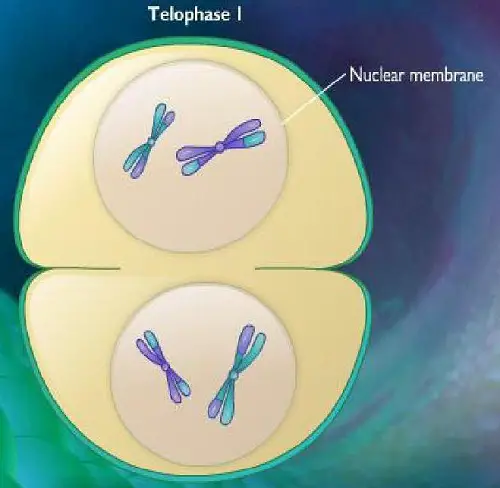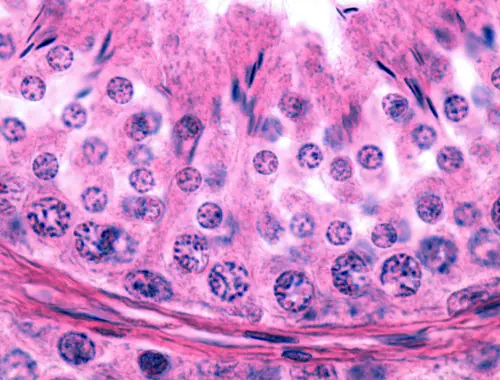
Why Are Gametes Haploid?
Gametes for the human race, as well as many other animal species, including all the mammals, are haploid ‘š this means that the cells contain only half as much DNA (only a single set) as a somatic cell, or non-sexually reproducing cell. There are some species of animal, and of course various plants, fungi and the like that do not have haploid gametes, but for the sake of this piece, we’ll simply refer to human gametes.
A gamete is a cell that will eventually combine with its counterpart to produce a diploid (or two full sets of DNA) zygote cell that will grow and divide into another human being (first a fetus, then a baby, and then they are expelled through the birthing canal). The simple answer of the question as to why gametes are haploid is simply because the zygote will receive half of its DNA from its mother, and half from its father, each providing one gamete. The female provides an ovum, or egg, as her gamete, which is fertilized by a sperm, the male gamete, from a male’s ejaculation. The gametes contain a randomized selection of a single set of DNA from each parent ‘ a haploid ‘ respectively, which provides an amazing amount of genetic variation amongst a species. When the gametes combine, the zygote will thus have half of the DNA from its mother and half the DNA from its father, becoming a true diploid, with two sets of DNA, which means two sets of every single gene. Because there is two sets of each gene, this allows for the alleles (or different copies of each gene) to have a dominance or recessiveness, constantly studied in genetics classrooms, which provides the variation from one person to the next in the human species. Gametes are haploid because they allow for children to be made, rather than clones of each person.












Leave a Reply